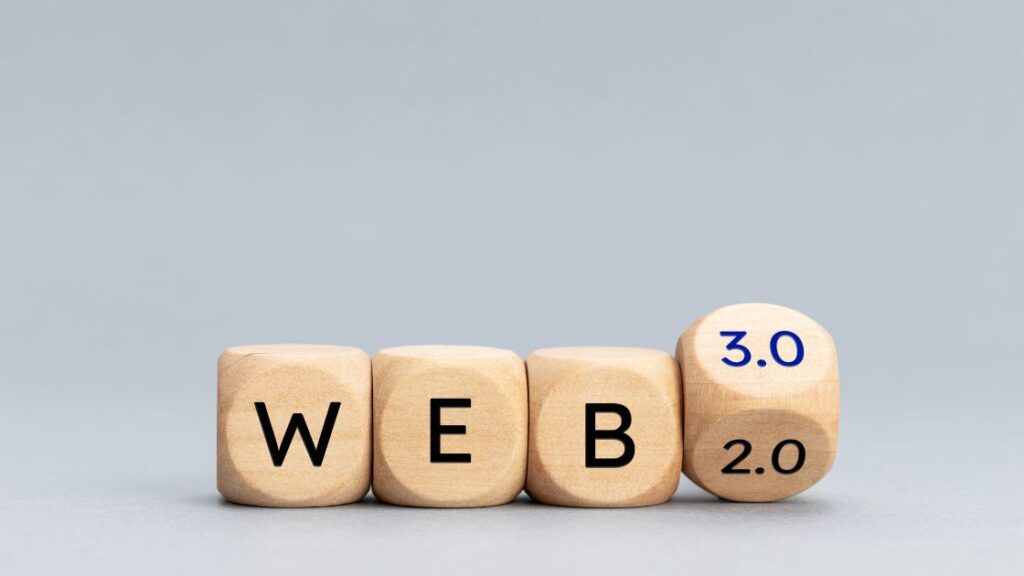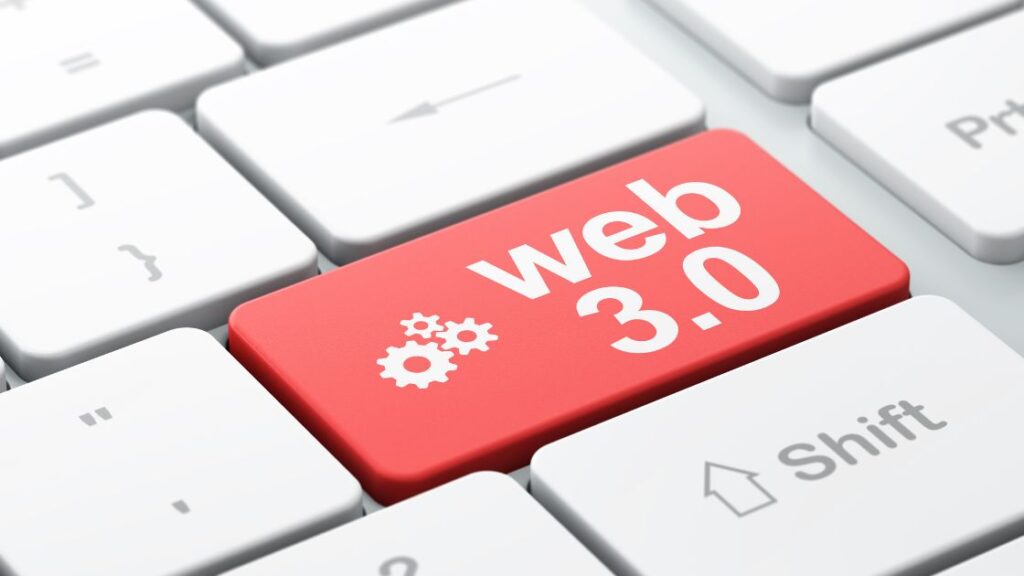Advertisements
The Digital Shift I Couldn’t Ignore
As someone who’s always been curious about the next big thing in tech, I couldn’t help but dive into the buzz surrounding Web3. It’s everywhere—Twitter threads, Reddit forums, YouTube explainers. But as I scrolled through hot takes and bold claims, I started asking myself: is Web3 truly the future of the internet, or are we buying into yet another overhyped promise?
After spending weeks reading, exploring platforms, and even testing a few Web3 tools myself, I have a better understanding of what’s at stake—and what’s actually possible. Let me walk you through it.

What Is Web3, and Why Should You Care?
Let’s start with the basics. Web3, also known as the decentralized internet, is the next iteration of the web. Unlike Web2, where tech giants control platforms and data, Web3 aims to give that control back to users through blockchain and decentralized technologies.
I first learned about this during a trip to Lisbon where I attended a tech meetup. There, I heard developers rave about building on Ethereum and how DAOs (decentralized autonomous organizations) could reshape how we collaborate online. I was intrigued—and a bit skeptical.
But here’s why it matters: in Web3, you own your data. You use decentralized apps (dApps) where your identity and transactions are secured on the blockchain. You can earn tokens for contributing to a platform. It all sounded empowering.
How Web3 Changes the Game
Once I started using some Web3 services, I could feel the difference. One moment stood out when I joined a creator-owned platform where artists shared music without intermediaries. It was raw, honest, and rewarding—for both creators and listeners.
Web3 also introduces the concept of “tokenized participation.” For example, users can hold governance tokens to vote on how a platform evolves. It reminded me of old-school forums—but now, members actually have a say in big decisions.
That sense of ownership and transparency? It’s powerful. But it’s not perfect.
The Downsides No One Talks About Enough
Now, don’t get me wrong—Web3 has potential. But it also has hurdles. One of the biggest is accessibility. If you’ve ever tried setting up a crypto wallet, buying Ethereum, and navigating a decentralized exchange, you know it’s not exactly user-friendly.
Then there’s the issue of scalability. I noticed that many Web3 apps struggle under high demand, leading to slow performance or high transaction fees.
And let’s talk about regulation. Without clear laws, many projects operate in a grey area. That’s risky—for developers and for users. I’ve seen people lose money to poorly built dApps or outright scams.
So yes, Web3 is exciting. But it’s still early.
Web3 vs Web2: Can They Coexist?
While testing various tools, I often wondered whether Web3 needs to replace Web2, or if they can actually work together. Many experts I met at a tech summit believe in a hybrid future.
For instance, some Web2 giants like Twitter and Reddit are exploring decentralized features. Reddit’s community points are a step toward giving users ownership. It made me realize that the real future might not be Web3 or Web2—it could be something in between.
The best parts of Web2—speed, usability, scalability—combined with the ethos of Web3 could reshape our digital experiences.
How You Can Explore Web3 Today
If you’re curious but unsure where to begin, here’s what worked for me:
- Set up a crypto wallet. I used MetaMask, which connects easily with most dApps.
- Explore dApps. Try platforms like Audius (music), Mirror (publishing), or OpenSea (NFT marketplace).
- Join a DAO. These communities can be incredibly welcoming and educational.
Start small. I didn’t invest big or dive into complex protocols. I simply explored, engaged, and asked questions.
My Take: Hype or Future?
After all my research and hands-on experiences, here’s my honest take: Web3 isn’t just hype—but it’s also not the fully-formed future yet. It’s a promising vision still under construction.
What excites me most is the philosophy behind it: user control, transparency, and community-driven development. But until it becomes more user-friendly and secure, mass adoption remains a challenge.
I’ll keep exploring, learning, and sharing what I find. Because even if Web3 isn’t quite ready to take over, it’s worth watching—and shaping.

Stay Curious, Stay Informed
Web3 may not be the final answer, but it’s definitely a conversation worth having. Whether you’re a tech enthusiast, a creator, or just someone who values privacy and ownership, you’ll want to keep an eye on this space.
So stay tuned to Tech Digest for more deep dives, personal reviews, and explorations at the edge of tech. There’s always more to discover.




[…] tuned to Tech Digest for more deep dives like this. Let’s explore the future together—one bit, and one qubit, at a […]